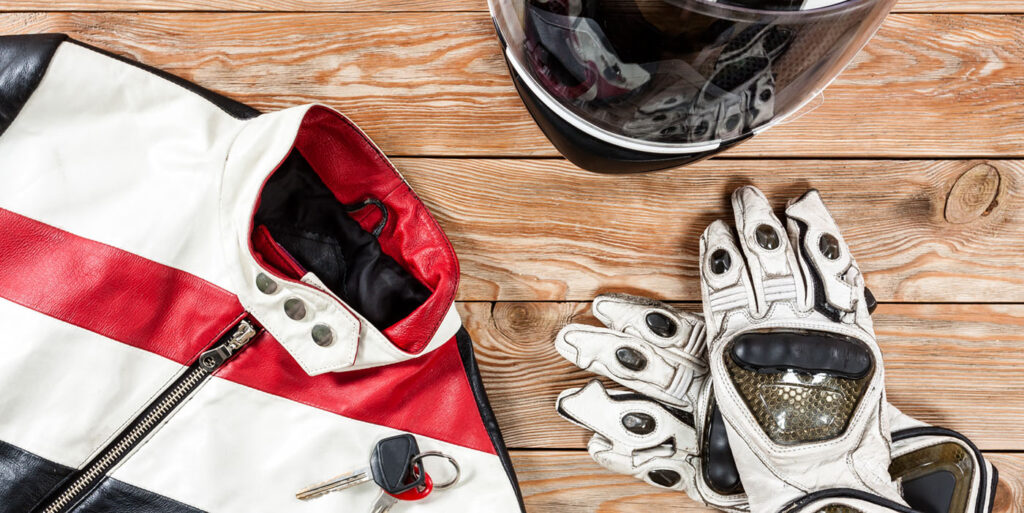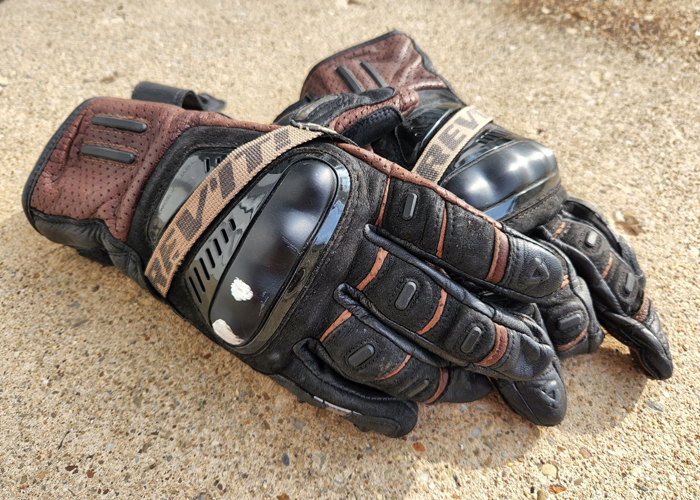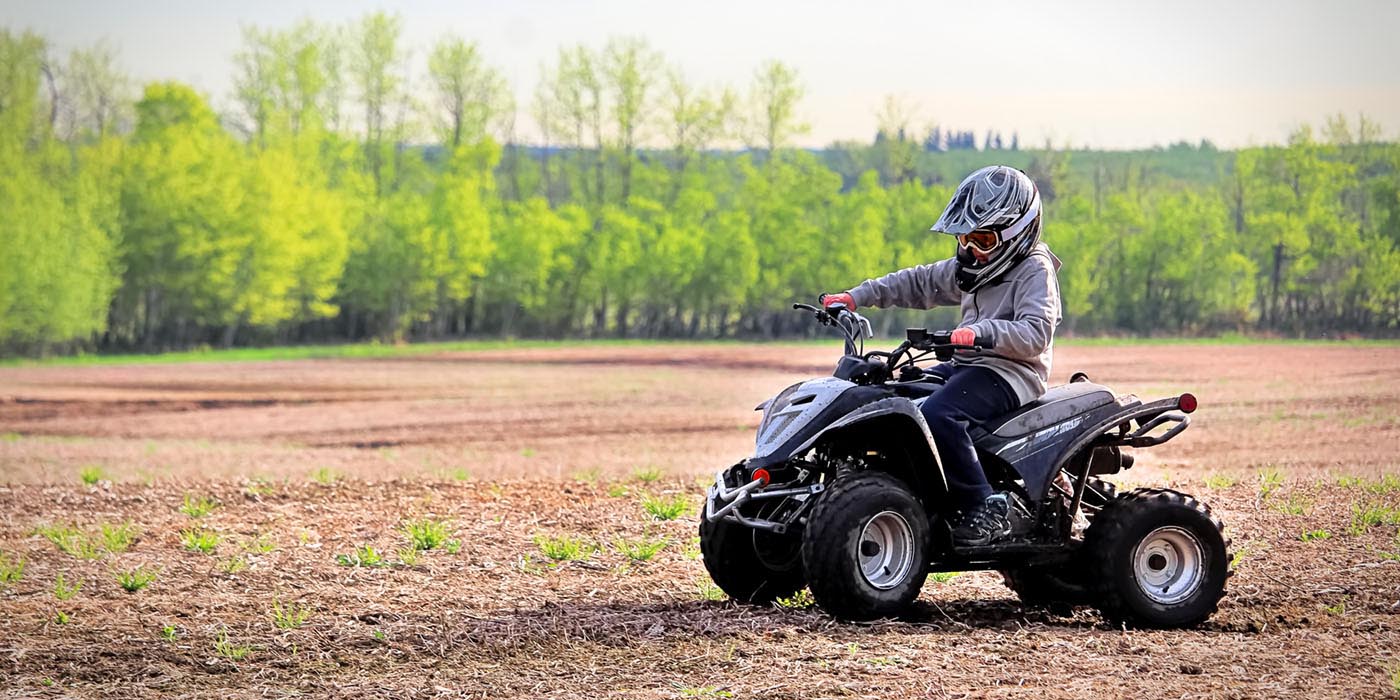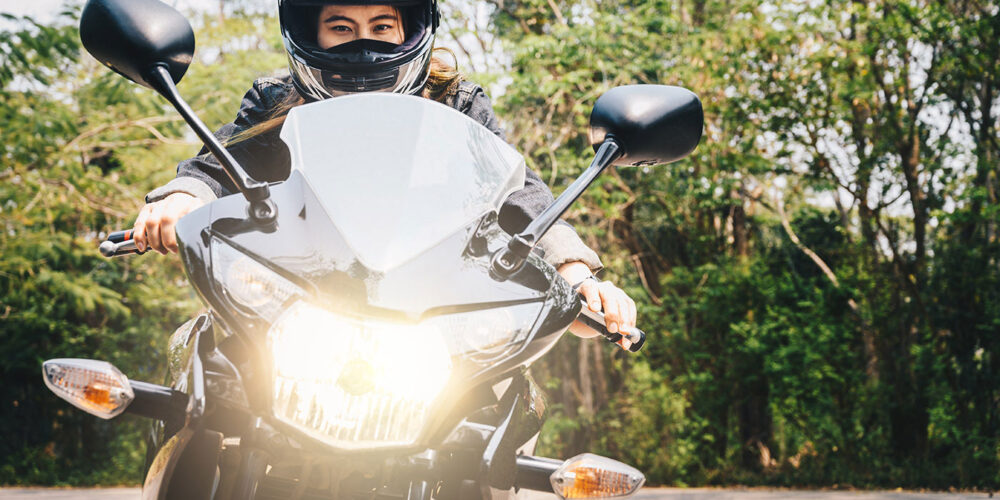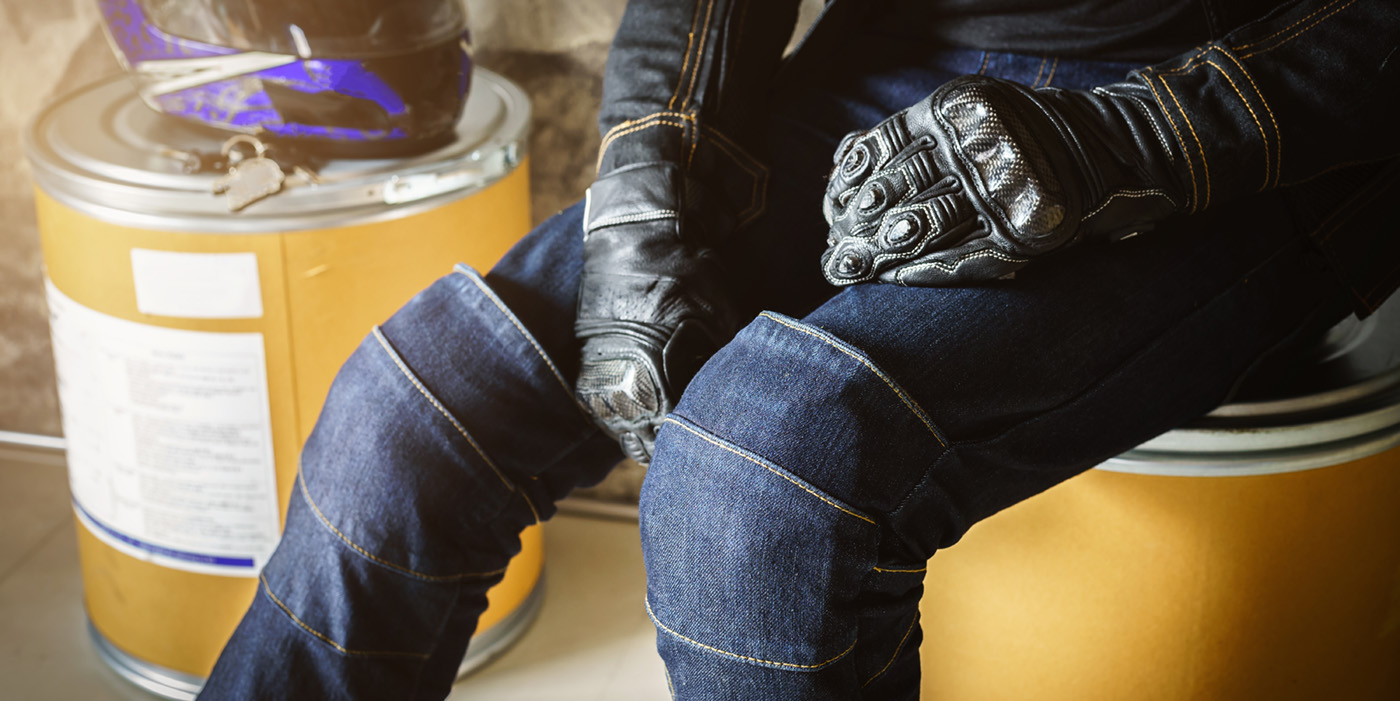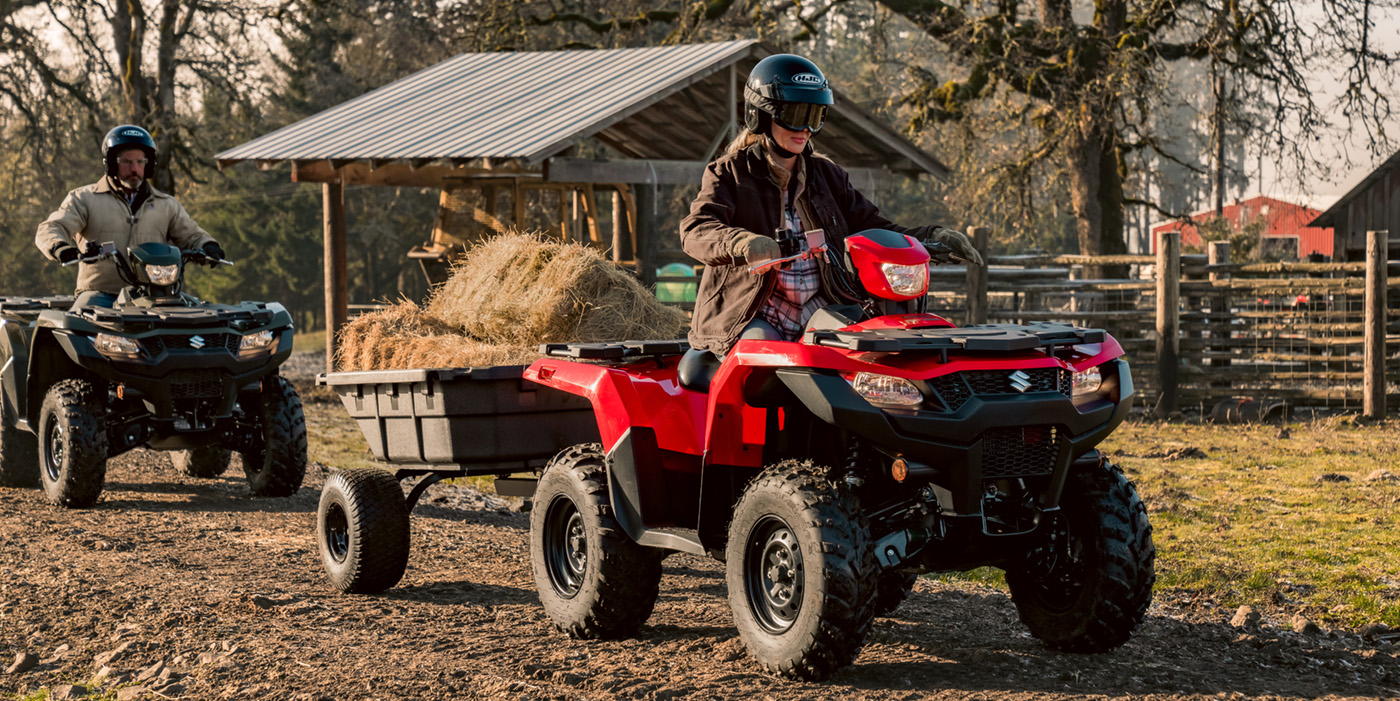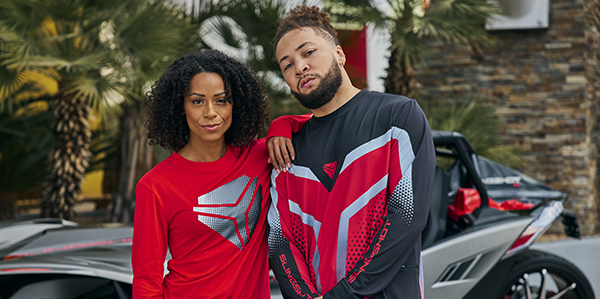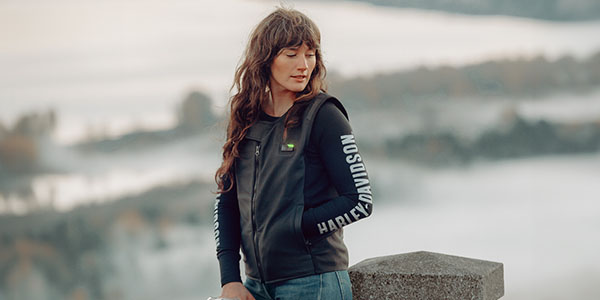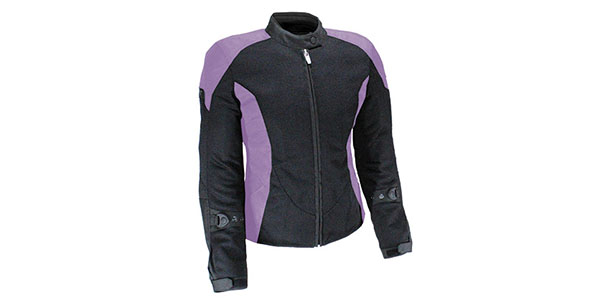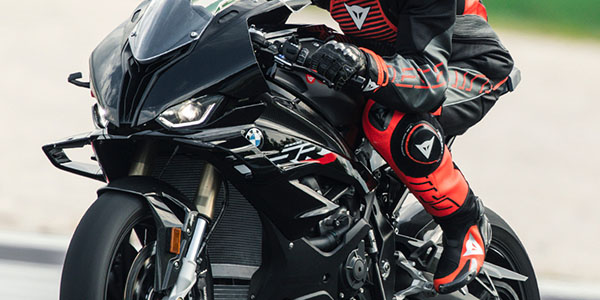I don’t know about the rest of you, but I’m getting excited for the riding season to start! As we all look forward to warmer weather and riding our bikes again, it’s important to take the time to look over our gear and make sure it’s up to snuff.
Let’s not forget why we wear our gear: to protect us in the event of a crash. Looking cool is the last thing on your mind when you’re sliding down the asphalt at 50 mph. Ask any rider who’s gone down or wrecked without gear, and I’ll bet they all wish they had been wearing it.
Because we wear gear to protect ourselves, in my eyes, this means my gear is the most important investment I can make. It’s directly tied to my safety as well as my comfort. Something that’s this important deserves a special kind of attention.
So, where do we start?
Check for Signs of Age or Wear
The first thing to look for would be any signs of wear. Let’s say you find that a seam is starting to fray or rip, or the mesh in your favorite summer jacket is starting to tear. Both of these are indicators that it may be time to replace that piece. If a seam is worn down, the garment’s strength may be weakened, and it might not be able to protect you like it could when it was new. This is especially important on textile or mesh gear, since these types of gear don’t offer the same abrasion resistance that leather does.
Take a close look at your gloves, inside and out. If you find worn-out seams or “extra” holes for your fingers, it may be time to invest in new gloves. Pay close attention to the areas around your knuckles. These parts of the gloves are designed to flex with your hand, and they may be the first area to wear out.
Finally, let’s talk about helmets. Helmets have the most important job out of all the gear we wear: protecting our brains. If a helmet has been subjected to an impact or involved in a crash, it should be replaced. A compromised or worn-out helmet might not be able to protect your head when it matters most, so you need to look it over closely.
Helmet Inspection
Let’s start with the inside of the helmet. The first layer you’ll find inside the helmet is the comfort padding. This padding will eventually break down, deteriorate and shrink over time. This can compromise the way the helmet fits your head, its ability to wick away moisture from sweat and its ability to protect your head from an impact. This is also a good time to pull out the comfort padding and clean it according to the manufacturer’s instructions. It’s no picnic riding with a stinky helmet on your head — trust me.
The next layer is called the EPS (expanded polystyrene) liner. This part of the helmet looks like foam and is typically painted black. In the event of a crash, the helmet will stop you from cracking your skull on the pavement, but your head will continue moving until something stops it. The EPS liner is responsible for slowing down the movement of your head in a controlled manner, and it does this by deforming or compressing. The EPS liner can only perform this job once; once it deforms, it cannot do it again.
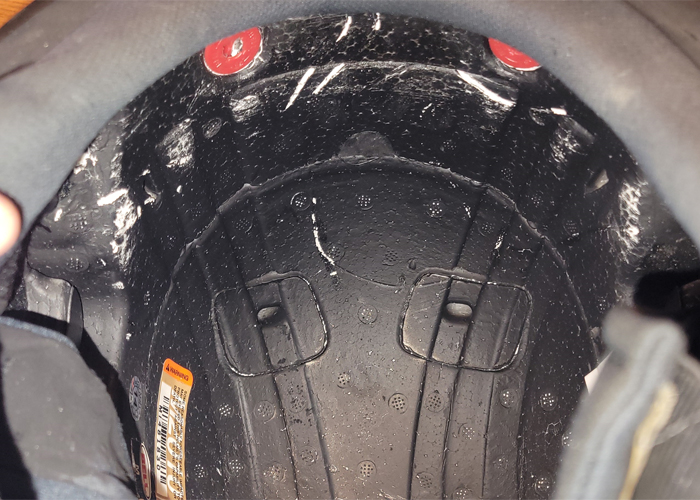
Photo credit: Brian Sexton
So, any signs of impact or damage to the EPS liner should not be taken lightly. Since most EPS liners are painted black, you might be able to spot tiny white cracks forming in the surface. Something you might not be able to see — but you could feel — would be if the bond between the EPS liner and the helmet shell has weakened over time. Push on the liner with your fingers and try to shift it around. If it moves, replace it.
Inspect the outside of the helmet for signs of wear or damage. Broken vents, worn-out visor hinges or a failing strap are all bad signs. The helmet shell can become brittle over time, so any signs of cracks on the outside indicate that it’s time to replace it.
Finally, let’s talk about the lifespan of a helmet. How long is a helmet’s lifespan? Many manufacturers recommend replacing a helmet after it has been in service for five years of use. To augment this suggestion, we turn to the Snell Foundation, well known for its work in helmet safety standard research, education, testing and development. According to the company’s website:
“Unused helmets stored in good condition do not automatically expire after five years. Replacing helmets every five years is a judgement call based on testing helmets used by the California Highway Patrol by Dr. George Snively. Wear and tear, the simple act of putting on and taking off helmets, damage to the comfort pads and energy-absorbing foam liner over time. Helmets with worn-out pads are at least one to two sizes larger than helmets in new condition. A poorly fitted helmet makes it more likely that the helmet will shift too much or even come off the head during a crash impact. For these reasons, Snell recommends replacing helmet after five years of normal use.”
So, the five-year lifespan isn’t exactly a hard rule; it’s more of a guideline. If your helmet has safely stored for some time, that doesn’t mean that it reaches the end of its life at exactly five years. However, you’ll have to check your own to be sure.
So, how does it fit on your head? Is the comfort liner firmly pressed up against your face? Do you feel pressure points anywhere around your skull? If you strap the helmet on and grasp the front of the face guard, can you move it around on your head? These are all signs of a poorly fitted helmet and may be a problem.
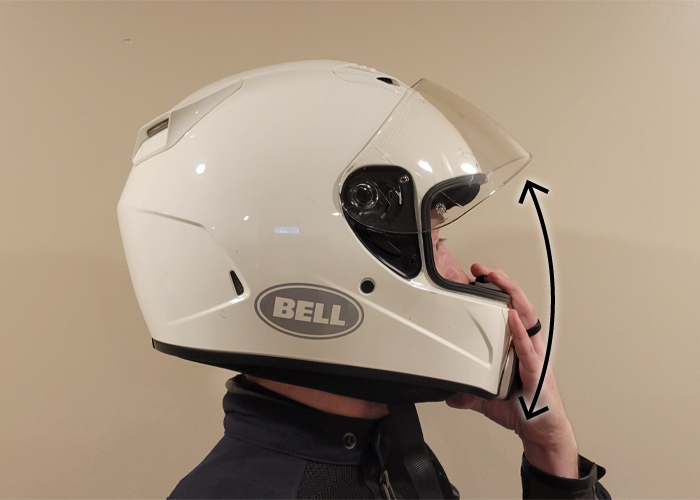
Photo credit: Brian Sexton
The helmet should fit snugly on your head without any painful pressure points. You should feel consistent, even pressure from the comfort liner all around your head. If you can move the helmet around on your head with it strapped tight enough to obstruct your view through the eye port, that’s a bad sign.
Check for Fitment
Now, let’s shift our focus to how our gear fits. We all know our bodies change over time, so our gear may need to change with us. Many jackets and pants will feature some way of fine-tuning around key areas, such as the waist, arms and calves. But, if your jacket is too tight or loose and you’ve reached the maximum on the adjustment range, it might be time to go up a size. The opposite could be true as well. If you’ve recently lost weight, you could find that the chest material on your jacket flaps around while you’re on the highway. That’s not exactly comfortable either.
Consider the Season
One final consideration is the season — or to be more precise, the temperature. Are you prepared for the temperatures you’ll be riding in this year? Is your gear warm enough to suit your needs? Or, do you need to add an extra base layer — or even two?
Ventilated gloves are great in the summer. They keep your hands cool and help to wick away moisture from sweat. But, if you ride with these types of gloves in colder weather, you’re in for a rough time.
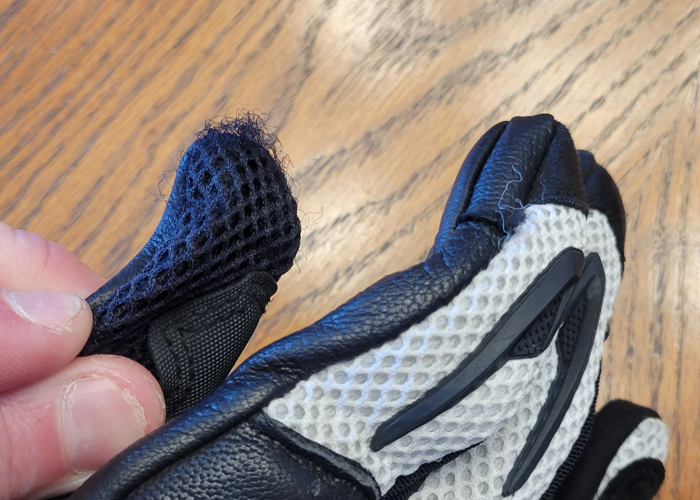
Photo credit: Brian Sexton
The bottom line is that your gear needs to match the weather conditions or the climate you’re riding in. If it’s not, you simply won’t be comfortable, and you won’t be able to really enjoy your ride. Pants and jackets that come with additional liners are very versatile in this way, since you can add or remove those inner liners for wind resistance or extra thermal protection.
Is it time to upgrade?
Knowing what we know now, is it time to shop for new gear? In my eyes, it’s not worth the risk of riding with worn out gear. I invested in this gear to protect myself if I ever go down; it’s not worth the risk of riding with something that can’t protect me the way it should.
There are a number of advantages to buying new gear. Advancements continue to be made in gear year after year. You can benefit from the inclusion of modern technology, features or lighter materials and construction styles seen in gear today. A lighter helmet will mean less fatigue when riding long distances, and better venting means your head will stay cooler. A jacket that fits you snugly and doesn’t flap around on the highway is a big win, and one that’s too tight won’t be comfortable for long.
So, what gear do you need to replace before the season kicks off?

